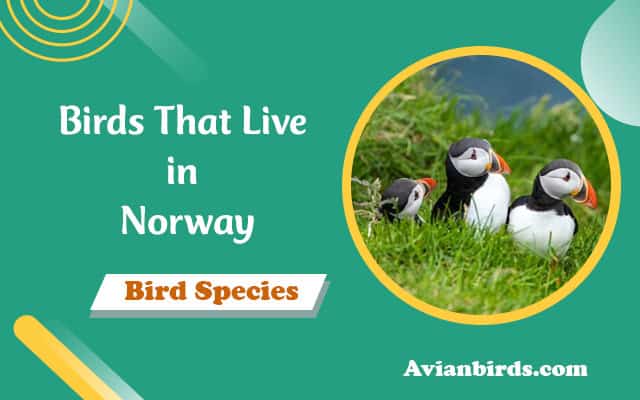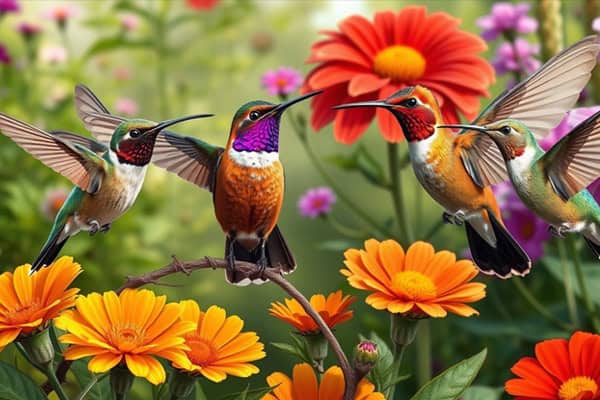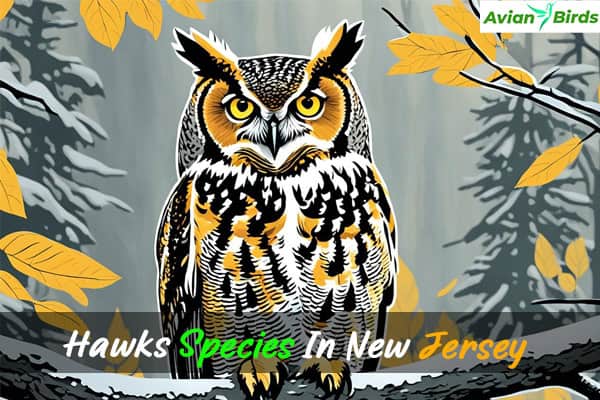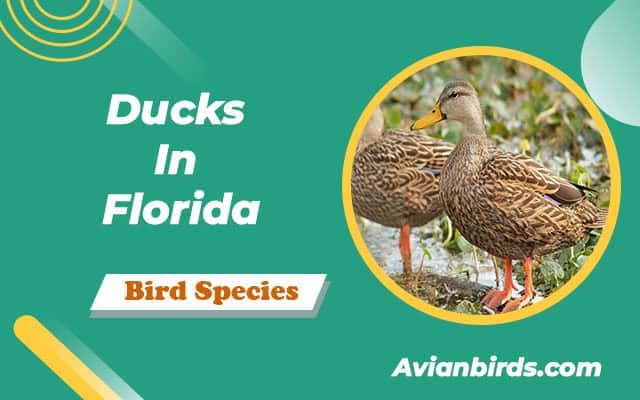Top 10 Birds That Live in Norway (With Pictures)
Norway is a paradise for birds enthusiasts, with some of the most fascinating avian species calling it home. In this list of the top 10 birds that live in Norway, we’ll introduce you to a mix of colorful songbirds, clever corvids, and iconic woodland dwellers. From the charming European Robin to the striking Eurasian Magpie, these birds add life and character to Norway’s landscapes. Whether you’re planning a trip to Norway or just curious about its wildlife, get ready to discover some of the country’s most beloved feathered friends
Key Takeaways
- Norway’s varied ecosystems are home to many common and unique bird species.
- Each species has distinct characteristics and preferred habitats, from forests to urban areas.
- Birdwatchers can easily spot these birds across Norway’s landscapes, especially during migration seasons.
1. House Sparrow (Passer domesticus)
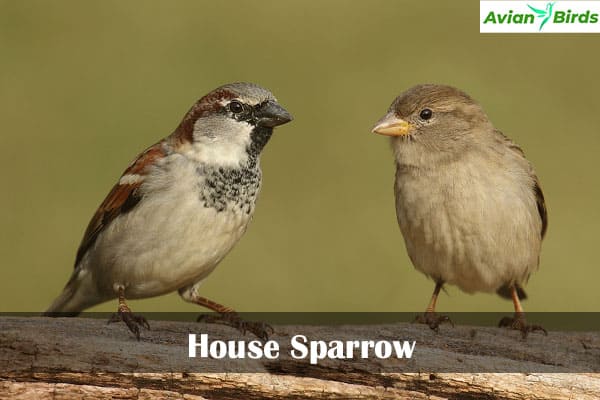
The House Sparrow is one of Norway’s most recognizable birds and can be found across both cities and countryside. They are small, lively birds with a characteristic chirping sound, often found around human habitation.
Characteristics:
- Stocky, with brown and grey feathers.
- Males have a distinctive black bib under their chins.
- Known for their cheerful and noisy chirping.
Where to Spot:
- It is commonly seen in urban parks, gardens, and other areas with human activity. They are highly adaptable and often come close to people.
2. Eurasian Magpie (Pica pica)

The Eurasian Magpie is easily recognized by its striking black and white plumage and long tail. Known for their intelligence, magpies are common in Norway’s open woodlands and urban settings.
Characteristics:
- Black and white feathers with a greenish-blue iridescent sheen.
- Long, pointed tail that makes up a large part of their body length.
- Highly intelligent birds with the ability to solve problems and use tools.
Where to Spot:
- Frequently found in urban areas, forest edges, and open countryside. Look for them perched on fences, trees, or rooftops.
3. Great Tit (Parus major)

The Great Tit is a brightly colored bird that is hard to miss, thanks to its yellow belly and black head. They are known for their lively and varied calls, especially in spring.
Characteristics:
- Yellow underbelly with a black stripe down the center.
- Black head with white cheeks.
- Loud, varied songs, which they use to communicate and attract mates.
Where to Spot:
- It is commonly found in woodlands, gardens, and areas with dense vegetation. They are especially attracted to bird feeders during the colder months.
4. Eurasian Blue Tit (Cyanistes caeruleus)
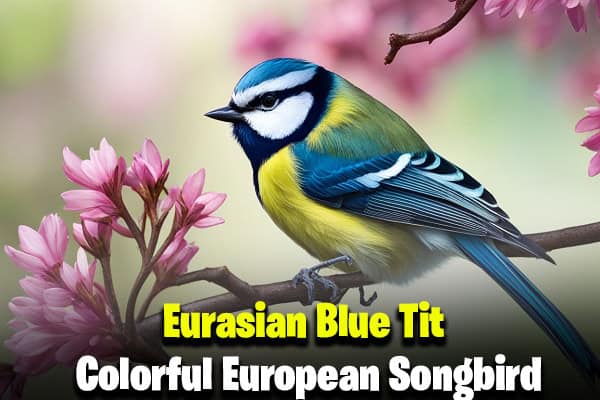
The Eurasian Blue Tit is a small but colorful bird with striking blue and yellow plumage. Known for their acrobatic feeding habits, these birds are popular at bird feeders and in gardens.
Characteristics:
- Blue cap and wings with a yellow underside.
- Agile and small, often seen hanging upside down while feeding.
- Known for their sweet and high-pitched song.
Where to Spot:
- Gardens, parks, and woodlands, particularly near feeders. They’re frequently seen flitting about bushes and small trees.
5. Eurasian Blackbird (Turdus merula)

The Eurasian Blackbird is known for its melodious song and striking appearance. Males are easily recognized by their glossy black feathers and yellow beaks, while females are brown with speckled throats.
Characteristics:
- Glossy black plumage with a yellow beak in males.
- Females are brown and have speckled throats.
- Known for their rich and beautiful song, especially around sunrise and sunset.
Where to Spot:
- Often seen in gardens, woodlands, and forest edges. Blackbirds are also commonly spotted hopping along lawns in search of food.
6. Common Chaffinch (Fringilla coelebs)

The Common Chaffinch is one of Norway’s most colorful songbirds, with males displaying bright blue, pink, and green feathers. They’re known for their cheerful song, often heard throughout spring and summer.
Characteristics:
- Males have a pinkish face with a blue-grey crown and greenish back.
- Females are brown but share the same wing bars as males.
- Known for their distinct, cheerful song that sounds like “chip-chip-churr.”
Where to Spot:
- Found in woodlands, gardens, and parks. They are often seen flitting about near trees and bushes.
7. Willow Warbler (Phylloscopus trochilus)
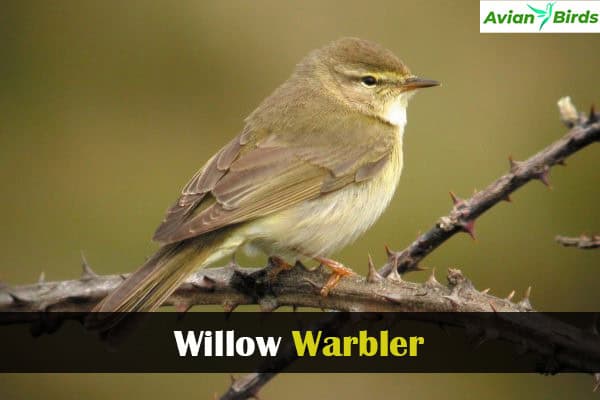
The Willow Warbler is a small, delicate bird with olive-green and yellow plumage, perfectly camouflaged in forested environments. It migrates to Norway for the breeding season, adding a sweet melody to the landscape.
Characteristics:
- Olive-green upperparts with yellowish underparts.
- Thin beak suited for catching insects.
- Known for its gentle, whistling song.
Where to Spot:
- Forests and woodlands, particularly in spring and summer. Listen for their gentle song during the breeding season.
8. European Robin (Erithacus rubecula)

With its iconic red breast, the European Robin is one of Norway’s most beloved birds. Known for its friendly and curious nature, robins are often found close to human activity.
Characteristics:
- Round body with a bright orange-red breast and face.
- Brownish-grey upperparts and a white belly.
- Known for being bold and curious, often following gardeners.
Where to Spot:
- Gardens, parks, and woodland areas. They are often seen perching on low branches or hopping along the ground.
9. Fieldfare (Turdus pilaris)
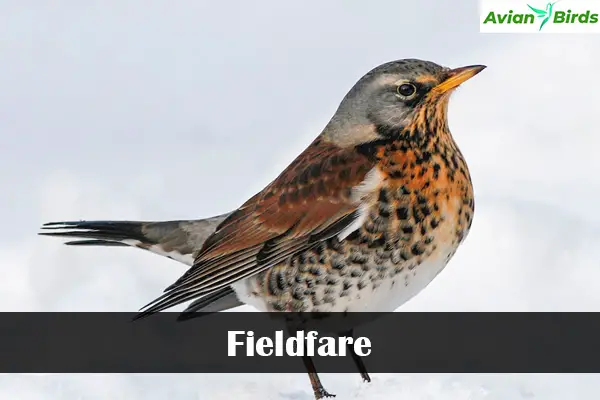
The Fieldfare is a type of thrush that migrates to Norway for winter. Recognizable by its grey head and chestnut-brown back, this bird often travels in large flocks during the colder months.
Characteristics:
- Grey head and rump with a speckled chest and chestnut back.
- Known for forming large flocks, especially during migration.
- Has a characteristic chattering call when disturbed.
Where to Spot:
- Open fields, farmlands, and berry-laden trees. They are common in winter when they forage in groups.
10. Common Wood Pigeon (Columba palumbus)
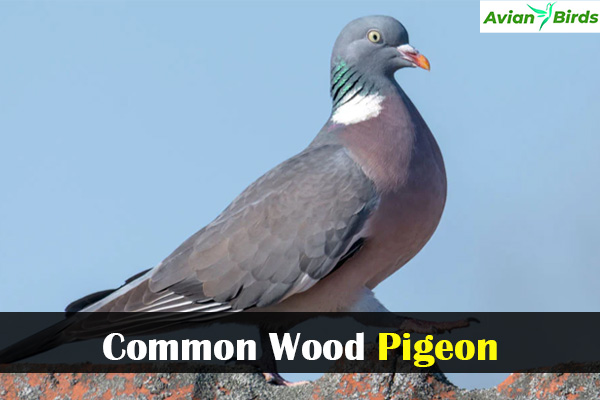
The Common Wood Pigeon is Norway’s largest pigeon species, easily identified by its white neck patch and pinkish breast. Their soothing cooing sound is a common background noise in wooded areas.
Characteristics:
- Large grey body with a white neck patch.
- Pinkish-grey breast and greenish markings on the neck.
- Known for their deep, calming “coo-coo” call.
Where to Spot:
- Often found in wooded areas, parks, and gardens. They are also seen in urban areas, foraging for food.
Frequently Asked Questions
Q1: What is the most common bird in Norway?
The House Sparrow is one of the most common birds in Norway, especially in urban areas. You can easily spot them around human habitations.
Q2: When is the best time to see birds in Norway?
Spring and early summer are the best times for birdwatching in Norway, as many migratory species return for the breeding season.
Q3: Are there any rare bird species in Norway?
Yes, in addition to common birds, Norway is home to rarer species like the Puffin and Golden Eagle, which can be spotted along coastal cliffs and mountainous regions.
Q4: Do all these birds stay in Norway year-round?
No, some birds like the Willow Warbler and Fieldfare migrate to Norway for specific seasons, either to breed or spend the winter months.
Read more🐦Related Articles:
- Can Birds Eat Split Peas
- Can Birds Eat Raisins
- Do Birds Have Sex
- What Do Birds Eat
- Small Birds With Yellow Breasts
- Spiritual Meaning of Ants in the House
- Black Swan Bird
Conclusion
Norway’s diverse birdlife provides endless opportunities for birdwatchers and nature lovers alike. From the colorful Eurasian Blue Tit to the iconic European Robin, these birds add life, color, and song to Norway’s landscapes. So, if you’re planning a nature walk, don’t forget your binoculars – you may just catch a glimpse of one of these fascinating species!

